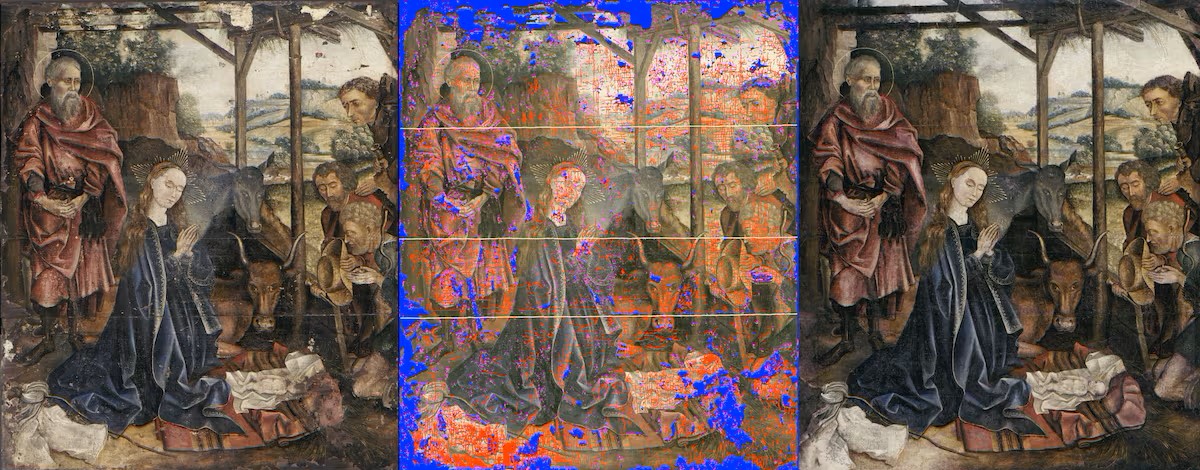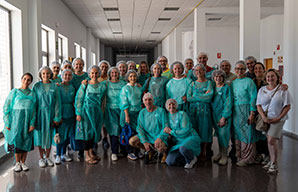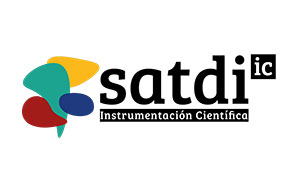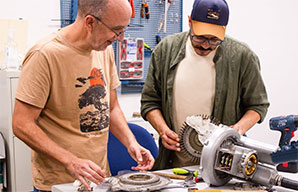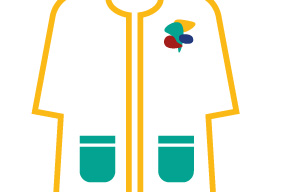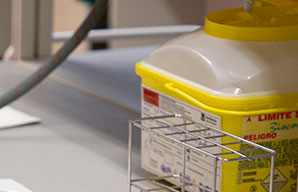A programmer and his AI bring a painting forgotten for centuries back to life.
ciencia, General, IA, Informática, Innovación
Alex Kachkine, arte, IA, inteligencia artificial, Nature, restauración
14 July 2025
When Alex Kachkine raised his hand at an online auction, he had no idea he was buying a wounded gem of Flemish art. The canvas, a 15th-century Adoration of the Magi, arrived with the Virgin’s face almost erased and layers of dirt obscuring the scene. For a collector, it was a ruin. But for Kachkine, a researcher in the Department of Mechanical Engineering at the Massachusetts Institute of Technology (MIT) and self-taught art historian, it was the perfect challenge for his project: an artificial intelligence trained to restore ancient works.
The AI doesn’t simply “fill in gaps”; it analyzes styles, proportions, pigments, and strokes with an almost obsessive level of detail. Fed a database of thousands of Flemish works, it learned to reconstruct the damaged parts as a 15th-century master would. For weeks, the machine proposed virtual layers of restoration, which were then physically applied with the help of expert conservators.
The result is a small revolution: a painting that had been discarded as irreparable now shines in all its splendor. The colors came back to life, the expressions returned to the canvas, and even the shadows regained their depth. What was once a dusty decorative object became a piece that has sparked the interest of European museums.
The feat has been documented and published in the journal Nature, which recognizes the potential of this technology to rescue forgotten heritage. Kachkine’s work marks a before and after in the relationship between art, technology, and memory.
Source: ElPais.com
